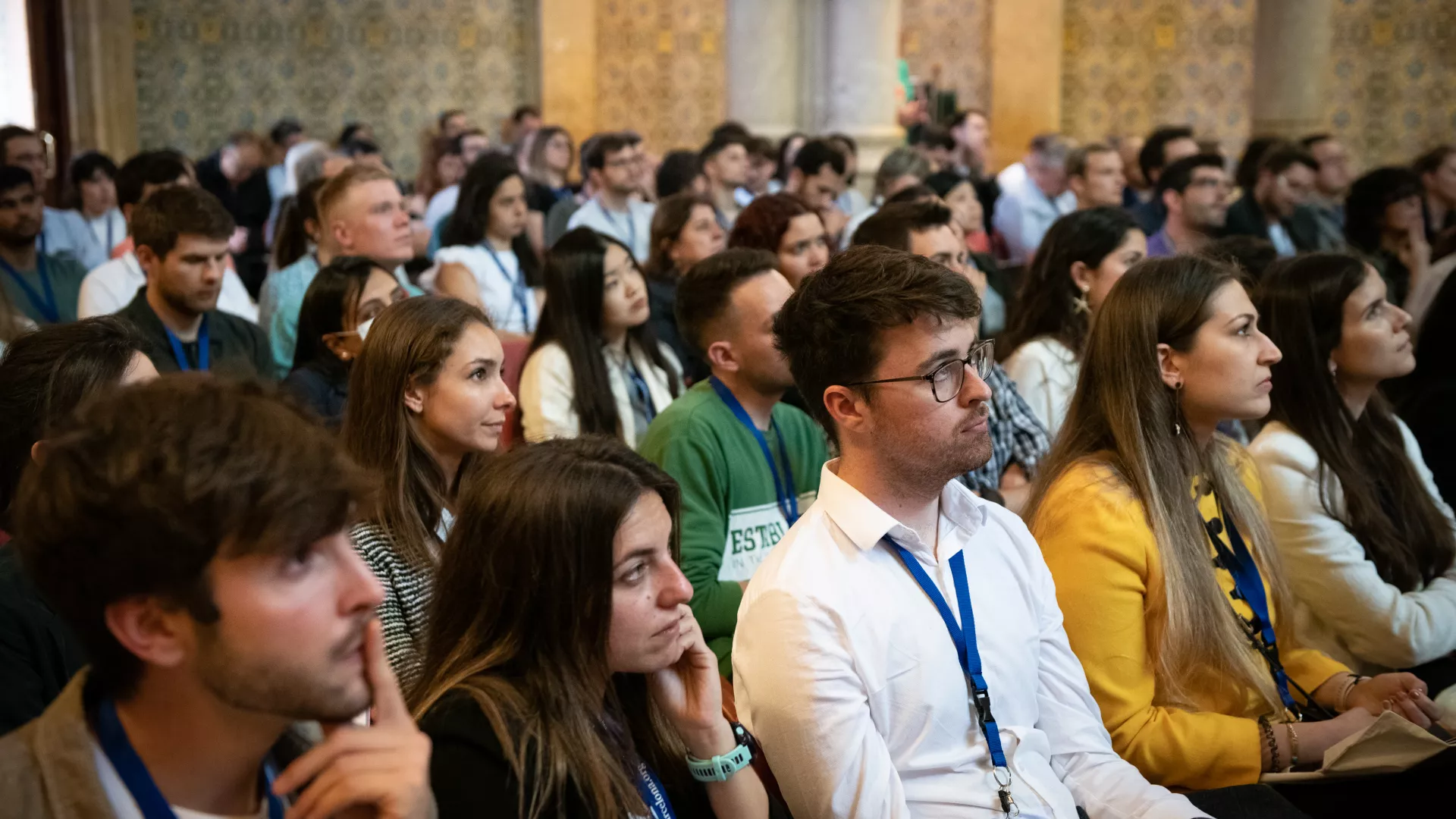Speaker: Poul Nissen
Dept. Molecular Biology and Genetics, Aarhus University, Denmark
Danish Research Institute of Translational Neuroscience – DANDRITE, Nordic-EMBL Partnership for Molecular Medicine
Presentation
Host: Manuel Palacín
Node: Preclinical Models of Disease / Chemical & Structural Biology
Date: Thursday 15 December 2022, 09.00h
Place: Serratosa Room
IMPORTANT: For attendees outside the PCB community you must register at least 24h before the seminar.
Abstract
I will present structure and mechanisms of two transporters for which we have studied regulatory mechanisms at important detail.
The human P4-ATPase lipid flippase ATP8B1 was recently presented in an autoinhibited form with N- and C-terminal extensions interacting with the cytoplasmic domains of ATP8B1 (ref. 1). Loss-of-function mutations of ATP8B1 are causative of progressive familiar intrahepatic cholestasis 1 (PFIC1), and ATP8B1 is also a genetic marker of resilience to Alzheimer’s Disease (Dumitrescu et al. 2020, Brain). Cleavage of the C-terminal extension (or expression of truncated constructs) and binding of phosphoinositide lipids lead to activation, but the activation mechanism in vivo remains unknown. We have found that a phosphorylation of the C-terminal end of ATP8B1 reduces its autoinhibitory activity, and we aim for a better understanding of a phosphorylation cascade mechanism.
The sodium-potassium-chloride transporter NKCC1 performs the electroneutral uptake of 2Cl- ions and 1K+ ion along with 1Na+ ion. NKCC1 is important for regulating cell volume, hearing, blood pressure maintenance, and regulation of chloride currents in GABAergic and glycinergic signaling in CNS. We have performed functional studies of human NKCC1 and determined a 2.6 Å resolution cryo-EM structure of a substrate-loaded, inward-facing and occluded conformation (ref. 2). Cl- binding at the Cl-1 site together with the nearby K+ ion provide a crucial bridge between the LeuT-fold scaffold and bundle domains. The Cl-2 site seems to undertake a structural role similar to a conserved glutamate of SLC6 transporters. It has a solvated access from the cytoplasm and may serve for chloride-sensitive regulation of transport in other CCC’s. Supported by mutagenesis and computational simulations, we describe a putative Na+ release pathway dependent on release of Cl- from the reversible Cl-2 site.
1. Dieudonné T, Herrera SA, Laursen MJ, Lejeune M, Stock C, Slimani K, Jaxel C, Lyons JA, Montigny C, Pomorski TG, Nissen P*, Lenoir G* (2022). Autoinhibition and regulation by phosphoinositides of ATP8B1, a human lipid flippase associated with intrahepatic cholestatic disorder. eLife 11:e75272. doi: 10.7554/eLife.75272.
2. Neumann C, Rosenbæk LL, Flygaard RK, Habeck M, Karlsen JL, Wang Y, Lindorff-Larsen K, Gad HH, Hartmann R, Lyons JA, Fenton RA, Nissen P (2022). Cryo-EM structure of the human NKCC1 transporter reveals mechanisms of ion coupling and specificity. BioRxiv

